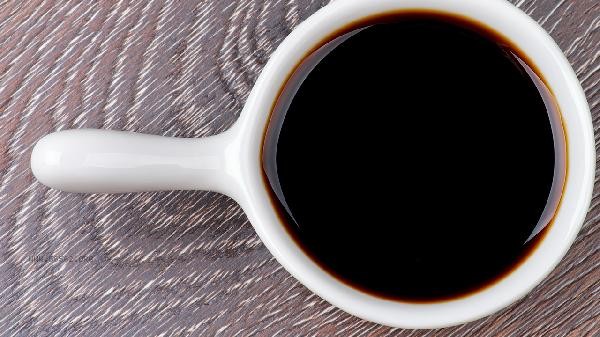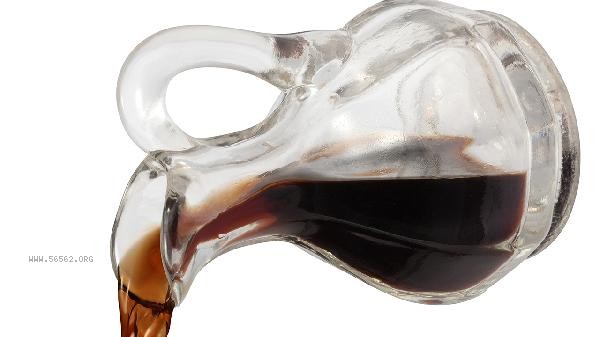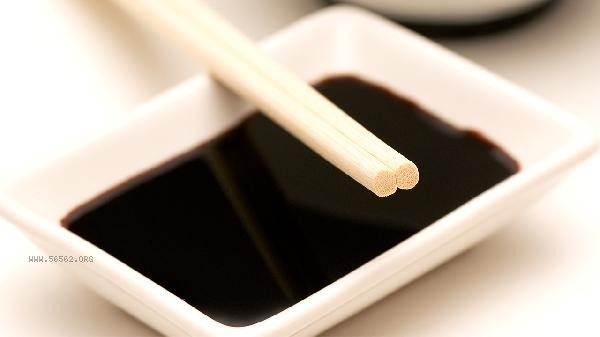The green color of sweet and sour garlic is usually caused by the reaction of sulfur-containing compounds in garlic with vinegar to produce alliin, which is a normal phenomenon. The main reasons include differences in garlic varieties, high pickling temperature, high concentration of acetic acid, long pickling time, and contact with metal containers.

1. Differences in Garlic Varieties
Purple skinned garlic is more prone to greening than white skinned garlic because it contains more alliinase. This enzyme catalyzes the conversion of thiosulfinates into blue pigments in acidic environments. The differences in enzyme activity of garlic from different regions can also affect the degree of discoloration, and garlic produced in Dali, Yunnan usually has a higher probability of discoloration.
2. High curing temperature
Environmental temperature exceeding 20 degrees Celsius will accelerate enzymatic reactions. When pickled at room temperature in summer, sulfides in garlic cells are more likely to react with acetic acid to produce green substances. It is recommended to place the pickling container in a cool place and control the temperature below 15 degrees Celsius to delay discoloration. When the acidity of vinegar exceeds 4%, it promotes the rupture of garlic cell walls and releases more sulfur-containing compounds. Rice vinegar is more prone to discoloration than white vinegar because it contains a small amount of amino acids and sugars. Using vinegar solution diluted to below 3% can reduce the probability of discoloration.
4. If the pickling time is too long [SEP], pickling for more than 20 days will allow the discoloration reaction to fully occur. Short term pickled sweet and sour garlic usually remains white or light yellow, gradually turning blue-green over time. It is recommended to marinate in batches, with a recommended usage of 7-10 days per batch.
5. Contact with metal containers

When using iron or copper containers for pickling, metal ions will catalyze discoloration reactions. Aluminum containers may also cause green circular marks on the edges of garlic cloves. Glass or ceramic containers are the best choice as they can maximize the preservation of the original color of the ingredients. Green sweet and sour garlic can still be safely consumed, and its nutritional value is not significantly different from white sweet and sour garlic. If you pursue traditional colors, you can choose white skinned garlic, control the pickling temperature, and shorten the pickling cycle. During the pickling process, avoid direct sunlight and store in a sealed non-metallic container. For sweet and sour garlic that has turned green, a small amount of vitamin C solution can be added to reduce some of the pigments, or it can be directly used for cooking without special treatment. It is recommended to pair it with protein rich foods such as tofu and fish for daily consumption, which can help reduce the irritation of garlic on the gastrointestinal tract.









Comments (0)
Leave a Comment
No comments yet
Be the first to share your thoughts!